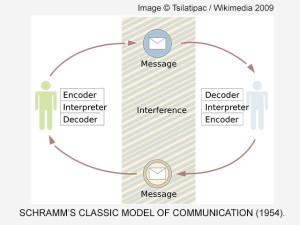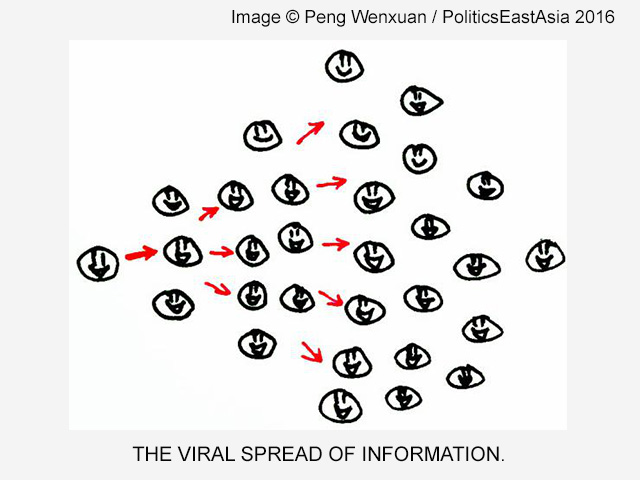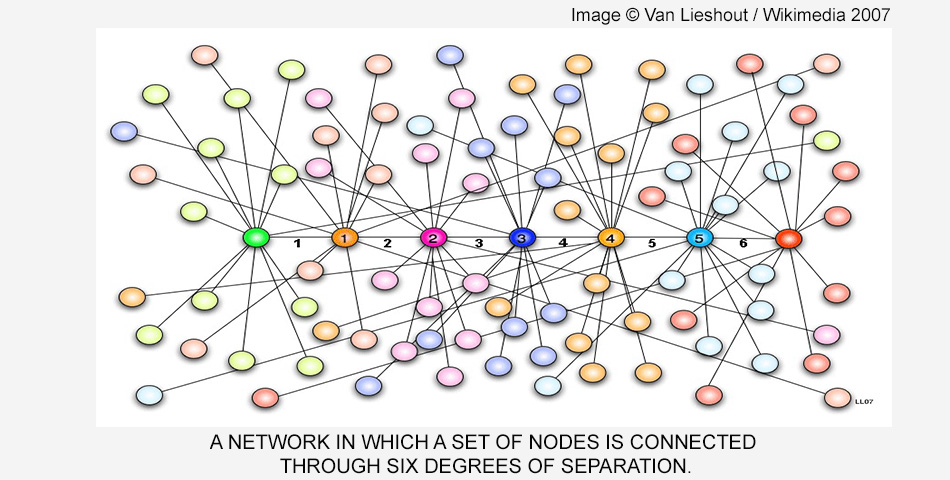It’s Gone Viral!
Conceptualizing How People Communicate via Microblogs
A graduate research post by Peng Wenxuan.
Since the beginning of the digital age, every once in a while the public’s attention is drawn so intensely to a certain incident or topic that it seems there is nothing else to talk about online for a few days. Then these incidents or topics are forgotten and new things enter in to the public’s horizon. In China, this cycle of viral dissemination of information has in recent years largely been aided by the microblog platforms, including the Moments function of the WeChat app. An example that has been re-posted countless times in the Chinese internet sphere, is the very recent Luo Yixiao incident, in which the middle-class father of a little girl organized a large amount of money for her leukaemia treatment through online crowdfunding, when really he would have been able to afford paying for the medical care himself.
In this blog post, I will briefly discuss the methods of information dissemination and communication on microblogs, mainly from the perspective of the field of Media and Communication Studies.
Microblogs and Six Degrees of Separation
Compared to more traditional media platforms, microblogs better simulate the way real-life interpersonal communication takes place, especially when major microblog platforms start to launch real-name systems. In my opinion, the six degrees of separation theory, which was originally set out by Frigyes Karinthy in 1929 and was studied in a set of experiments by Stanley Milgram in 1967 at Harvard University, thus can be applied in the case of microblogs. According to this theory, every person on the planet can be connected to another random human being through no more than five intermediaries in a chain of acquaintances. Although this is an unproven theory, the fact that it is popular and widely accepted demonstrates that interpersonal communication can create channels that connect all users, from high class government officials to rural migrant workers in cities. This is especially the case in microblogging, which gathers users from all classes and social statuses into one online sphere. In addition, the @ function of microblogs has also been reducing interpersonal distance, by creating ways for users to communicate directly with any other users, even with celebrities, who were considered almost unreachable by common people before this digital age. Therefore, one may argue that social media nowadays has brought people even closer together than the six-degree-of-separation theory suggests, to three-and-a-bit degrees for instance, in the case of Facebook.
Viral Dissemination of Microblog Contents
 According to Wilbur Schramm’s model of communication, a full circle of communication is composed of sender, encoder, decoder, interpreter, receiver, message, feedback, medium, and noise. Communication is a result of the synthetic and combined action of these components (Steinberg 1995). Because of the increasing demand of information and the rapid development of communication methods and technologies, a new era of viral dissemination of information has arrived. The spread of microblog contents serves as a good example. Similar to the pattern of the spreading of a virus, which has explosive influence and exponential growth rates of people that are infected, the mode of transmission of popular contents on microblogs also relies on individuals passing something on, in this case: information. The low cost of instant messaging, the precision-guided transmission, and the simple and convenient operation of digital copying and pasting have extended both the breadth and depth of information dissemination. What is more, the advantage of multi-terminal blogging – using PCs, smartphones, and tablets etc. has pushed microblogs to become one of the best platforms for the viral spread of information. On such platforms, individual accounts play the role of nodes in the communication networks that are created by users following each other’s accounts and passing on information at an extremely low cost.
According to Wilbur Schramm’s model of communication, a full circle of communication is composed of sender, encoder, decoder, interpreter, receiver, message, feedback, medium, and noise. Communication is a result of the synthetic and combined action of these components (Steinberg 1995). Because of the increasing demand of information and the rapid development of communication methods and technologies, a new era of viral dissemination of information has arrived. The spread of microblog contents serves as a good example. Similar to the pattern of the spreading of a virus, which has explosive influence and exponential growth rates of people that are infected, the mode of transmission of popular contents on microblogs also relies on individuals passing something on, in this case: information. The low cost of instant messaging, the precision-guided transmission, and the simple and convenient operation of digital copying and pasting have extended both the breadth and depth of information dissemination. What is more, the advantage of multi-terminal blogging – using PCs, smartphones, and tablets etc. has pushed microblogs to become one of the best platforms for the viral spread of information. On such platforms, individual accounts play the role of nodes in the communication networks that are created by users following each other’s accounts and passing on information at an extremely low cost.
 The alarmingly large amount of re-posts and viral spreading of Wang Baoqiang’s divorce announcement divorce announcement that had roused the Chinese microblog sphere to a boiling point in August 2016 serves as a perfect example of viral dissemination of information online. I plan to explore the dynamics in this as well as other empirical cases in one of my research papers in the future, in order to further explore the patterns of information transmission on microblogs.
The alarmingly large amount of re-posts and viral spreading of Wang Baoqiang’s divorce announcement divorce announcement that had roused the Chinese microblog sphere to a boiling point in August 2016 serves as a perfect example of viral dissemination of information online. I plan to explore the dynamics in this as well as other empirical cases in one of my research papers in the future, in order to further explore the patterns of information transmission on microblogs.
A New Era of Custom Made Reading via the ‘Follow’ Function
At a time when our societies are strongly influenced by consumerism, microblogs are becoming a new genre of literature that attracts its readers by satisfying their demands at the moment. In other words, like the trend of customization in the world of commercial literature, the contents of microblogs also have to give consideration to the receptiveness, aesthetic judgements, and psychological needs of the recipients. On microblogging platforms, the unilateral function of ‘following’, without the need to be followed back, places the initiative on the information recipients themselves. The audiences follow contents based on their own taste and demands while the microbloggers produce contents that are tailored to their audiences. (One may argue that a large amount of individual microblogs exists only in a diary form that records the bloggers’ own thoughts, and the information creators do not care about how many followers the contents attract; however, in my opinion, the choice of posting information online instead of writing it in a private diary book demonstrates the need of attention, regardless of how weak this need may be.) Consequently, the way in which microblogs rely on users customizing the list of accounts they ‘follow’ serves to filter redundant information effectively and improves the quality and efficiency of information reception. The choice of how the information is filtered is entirely up to the recipients.
How Senders and Receivers Interact and Exchange Feedback
Microblogging simplifies how information is transmitted, compared to traditional publishing patterns. In traditional publishing, literary works go through a complicated process of content production. They require that relevant institutions such as publishing houses and state institutions examine and approve the content. Finally, the reception of readers must also be taken into consideration. Microblogs, in contrast, simplify the information transmission into a polarized sender-receiver mode. Because there is no entry requirement of using microblogs, the boundary of the information creator and receiver is increasingly blurred, thus the polarized sender-receiver mode is further transformed into instant interactive communication and information sharing. The information receivers, via any internet terminal, can search for information that they are interested in and interact with the composers of the texts on microblogs, while simultaneously acting as transmitters of information themselves. In many cases, the audiences of information also re-post the contents after adjusting and editing, with or without copy-right. In this way, the information recipients, while appreciating a text, add their individual aesthetic perspectives and interpretation as well. Through such processes, the readers take on multiple roles, such as information creators, transmitters, as well as audiences.
Reference
Steinberg, Sheila (1995), Introduction to Communication: Course Book 1: The Basics. Kenwyn: Juta.


